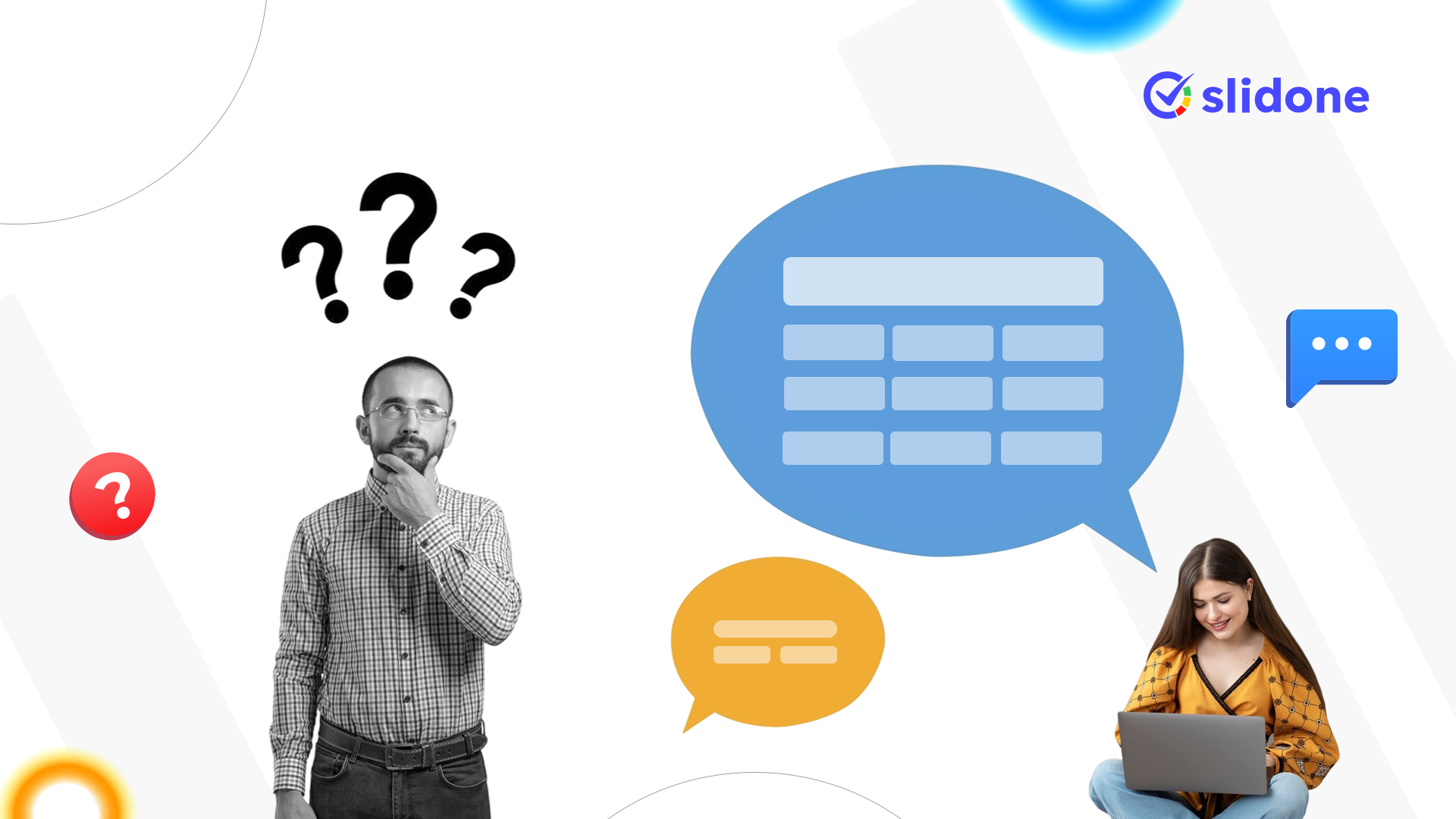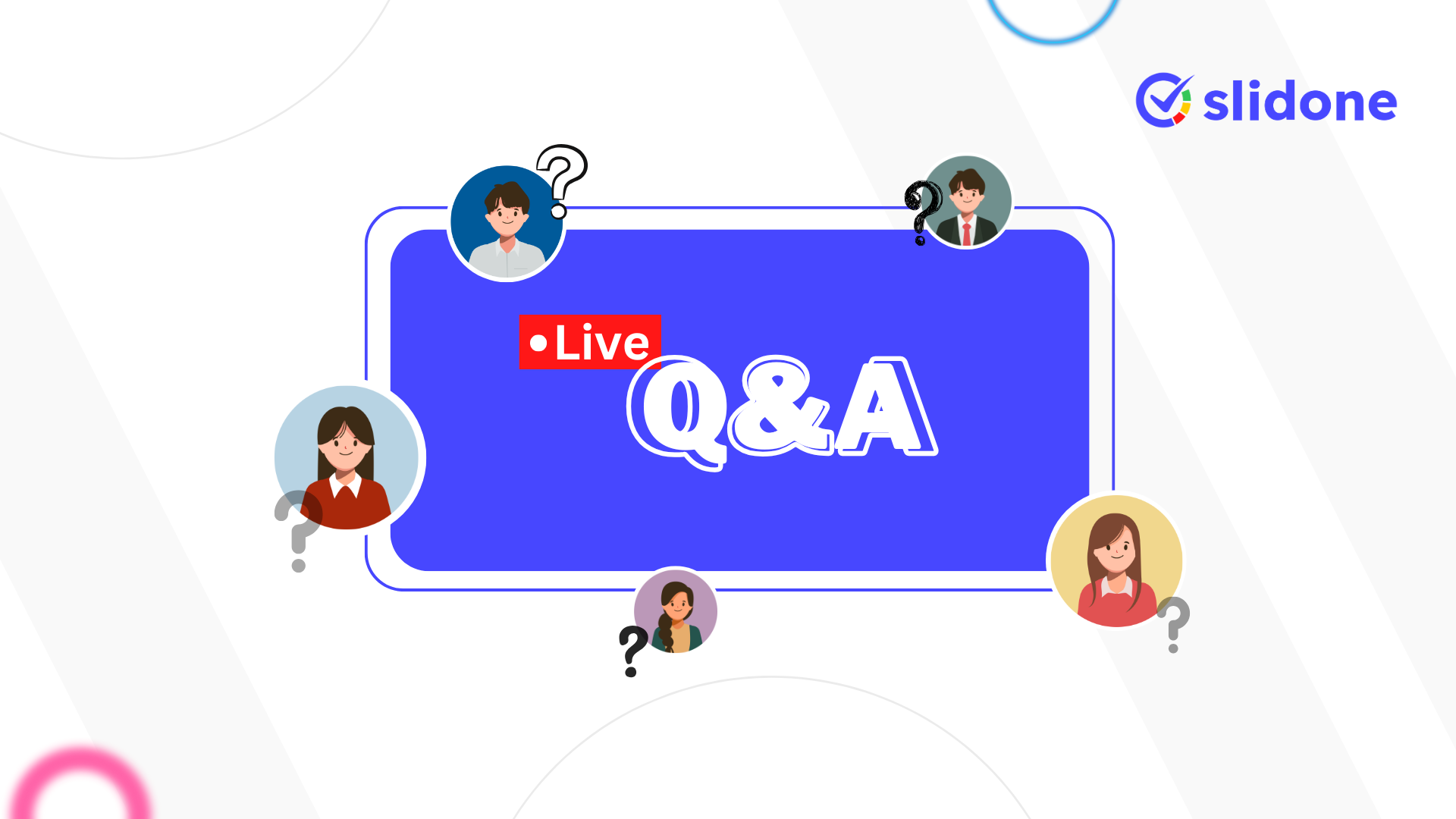Teaching in today’s world has moved beyond the traditional lecture format. Engaging students in interactive learning ensures that they are not just passive listeners but active participants. With the help of modern tools and strategies, teachers can turn lessons into dynamic and memorable experiences. Interactive presentations make learning more fun, engaging, and effective for students of all ages.
This blog explores why interactive learning works so well. How can teachers make lessons interactive? and specific presentation ideas to energize your classroom.
Why Is Interactive Learning Better?
Interactive learning goes beyond memorization and encourages critical thinking, creativity and working together. This is why it is better than traditional teaching methods.
1. Improve student participation
Interactive presentations capture students’ attention and engage them. Activities such as quizzes, live polls, and discussion keeps students engaged throughout the semester.
2. Promote active learning
Students learn best when they are actively involved. Interactive tools foster curiosity and help students develop a deeper understanding of the subject.
3. Increase retention
Students remember what they do and feel more than what they hear. Interactive lessons make content more memorable through activities and visuals.
4. Promote collaboration
Interactive presentations create opportunities for group work and discussion. This helps students develop teamwork and communication skills.
5. Give immediate feedback
Tools like polls and live quizzes help teachers measure student understanding in real time, allowing you to adjust your learning plan immediately.
How Can You Make Your Lessons Interactive?
Here’s a simple way and is effective in making your lessons more interactive.
1. Use interactive presentation tools
Tools like Slidea make it easy to integrate live Q&A, polls, word clouds, and Q&A sessions into your presentations. These features transform static slides into engaging experiences.
2. Integrate multimedia elements
Add video animation and sound effects into your presentations to make the content more engaging. Audio-visual elements can help explain complex concepts effectively.
3. Includes practical activities
Encourage students to participate in group discussions, problem solving exercises or hypothetical situations. This promotes collaboration and critical thinking.
4. Ask open-ended questions.
Open-ended questions stimulate curiosity and encourage students to think critically. They also start meaningful classroom conversations.
5. Benefits of technology
Include devices such as tablets or interactive whiteboards to make lessons more interesting. Online tools and apps can also provide additional resources for interactive learning.
Interactive Classroom Presentation Ideas
Here are some creative ideas to make your classroom presentations stand out:
1. Live Surveys and Quizzes
Engage your students by adding live polls and quizzes to your presentations.
Example: “Who invented the light bulb?” and show the results in real time.
Advantage: It helps students to be attentive and actively involved.
2. Word Clouds for brainstorming
Start your lesson by creating a word cloud with student input.
Example: “What comes to mind when you think of climate change?” and have students share their opinions.
Benefits: Helps to quickly visualize student understanding.
3. Storytelling with slides
Turn your presentation into a story to make it more interesting.
Example: For a history lesson Describe events in chronological order with images and sound.
Advantages: Makes text more realistic and memorable.
4. Interactive Q&A session
Have students submit questions anonymously during the presentation.
Example: Use Slidea’s Q&A feature to ask students about challenging concepts.
Pros: Encourages shy students to participate.
5. Group cooperation activities
Divide students into groups and assign them work to solve during the presentation.
Example: During a math lesson Give to various groups Solve problems and offer solutions to their problems.
Benefits: Promotes teamwork and problem-solving skills.
6. Gamify the Lesson
Include game-like elements in your presentation.
Example: Create a Jeopardy-style quiz to review a topic.
Pros: Makes learning fun and competitive.
7. Real-life case studies
Relate your lessons to real-life situations to make them relevant.
Example: Discuss recent market trends and their impact on an economics class.
Benefits: Helps students understand the practical application of theoretical concepts.
8. Virtual field trips
Enhance the learning experience by taking students on a virtual tour.
Example: Use interactive slides to explore the Great Wall of China or the Amazon Rainforest.
Benefits: Makes the message more exciting and informative.
9. “What if” situations
Ask hypothetical questions to spark creativity and critical thinking.
Example: “What if humans could live on Mars?” during a science class.
Advantages: Promotes imaginative and out-of-the-box thinking.
10. Visual timeline
Create an interactive timeline to teach historical events or processes.
Example: Use a slide to create a timeline of World War II.
Advantages: Makes it easier for students to track and retain information.
Tips for teachers using interactive presentations
1. Know your audience
Adjust the presentation format to suit the age group and interests of your students.
2. Keep it simple
Avoid images that have too much text or that make the slide too crowded. Use a clean layout for greater clarity.
3. Practice in advance
Specify the tools and features you will use. Smooth presentation keeps students engaged
4. Promote participation
Ask questions, invite feedback, and engage students in tasks.
5. Using themes
Match your presentation layout with the theme to make it visually appealing.
Conclusion
Interactive presentations have revolutionized the way teachers present lessons. Using a tool like Slidea combines interesting activities and promotes collaboration. You can create a rich learning environment. These strategies not only make lessons fun; but it also increases student understanding and retention.
So why are you waiting? Start using these ideas and transform your classroom into the center of an interactive and exciting learning experience!





Leave a Comment
Your email address will not be published. Required fields are marked *